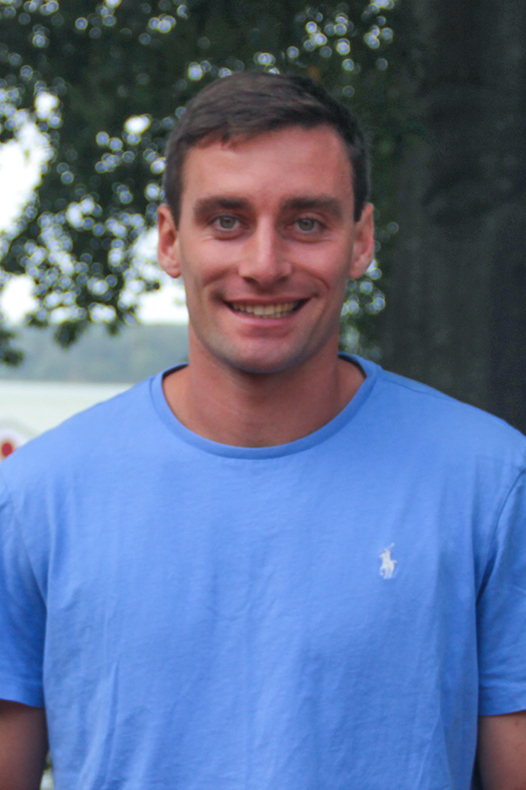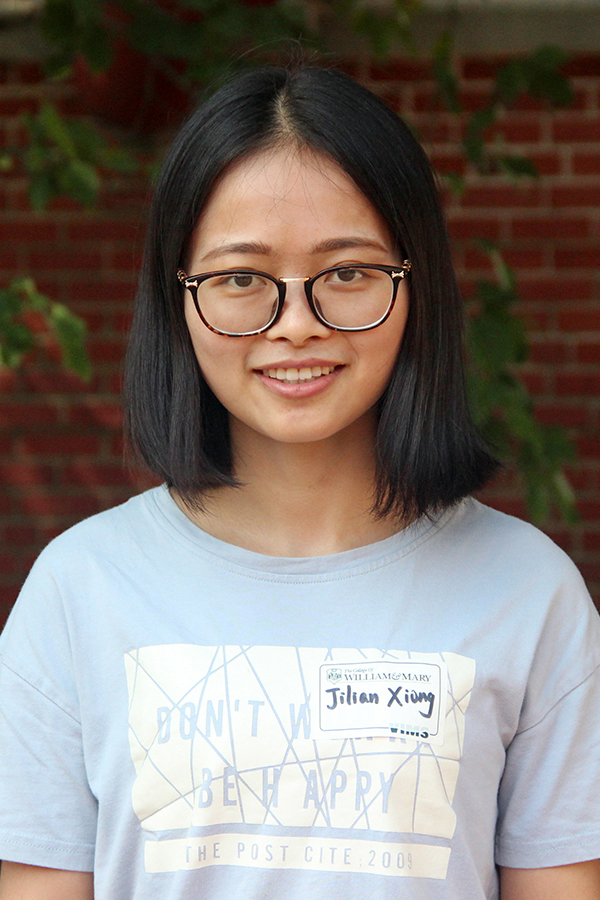Best Student Paper Awards
Each year a committee of faculty and students undertakes the difficult task of choosing the best journal articles from the many papers written by our graduate students. Each paper considered is either accepted, in press, or published in a peer-reviewed journal. The papers reflect the superb quality of student research at VIMS and the outstanding mentoring of our advisors. Papers are judged for the scope of problem, degree of challenge, magnitude of student effort, hypothesis formulation and testing, and writing style.
This year, the committee members– Donna Bilkovic, Rich Brill, Hamish Small, Steven Kuehl, and Abigail Sisti – evaluated 6 papers.

Master's Category
This year’s choice for the best paper by a Master’s student goes to Luke Frankel for his article “Nitrogen reductions have decreased hypoxia in the Chesapeake Bay: Evidence from empirical and numerical modeling” in Science of the Total Environment.
The Chesapeake Bay has undergone watershed‐wide restoration efforts to improve water quality; however, hypoxia in the Bay has not been dramatically or consistently reduced. This paper quantified the impact of management efforts by posing the counterfactual question: “how much worse would hypoxia be if nutrient reductions did not occur?” Luke applied both numerical model simulations and statistical analyses to show that management actions have improved hypoxia in the Bay and to estimate the magnitude that warming in the Bay may have counteracted improvements from nitrogen reduction efforts. Luke’s research is already being used by Chesapeake Bay restoration stakeholders as verification that past management actions were effective and to direct future efforts in a rapidly changing system.
Congratulations, Luke!

Ph.D. Category
This year’s winner of best paper by a Ph.D. student goes to Jilian Xiong for “Biophysical interactions control the progression of harmful algal blooms in Chesapeake Bay: A novel La-GRANGE-IAN particle tracking model with mixotrophic growth and vertical migration.” It appeared in Limnology and Oceanography Letters. Jillian, please join me on stage.
The paper describes a significant advancement in predictions of harmful algal blooms (HABs), which are a threat to human health, marine life and coastal economies. Jilian developed a state‐of‐the‐art particle tracking model that incorporates algal dynamics, algal biomass change, and diel vertical migration, to simulate the complex behavior of harmful algae. Jilian’s work is the first to successfully simulate a HAB bloom in the Chesapeake Bay. Her approach not only advanced the state of the science, but also has high potential to serve as a forecasting model for the Bay.
Congratulations, Jilian!

